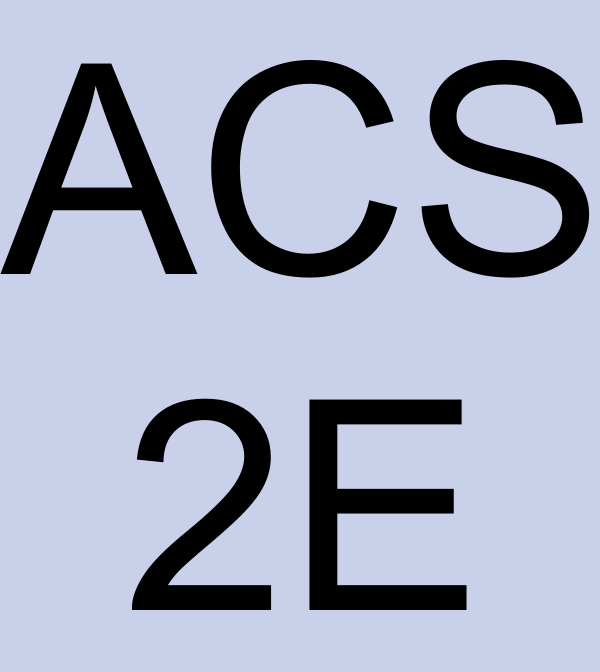Skip to main content\(\newcommand{\dollar}{\$}
\DeclareMathOperator{\erf}{erf}
\DeclareMathOperator{\arctanh}{arctanh}
\DeclareMathOperator{\arcsec}{arcsec}
\newcommand{\lt}{<}
\newcommand{\gt}{>}
\newcommand{\amp}{&}
\definecolor{fillinmathshade}{gray}{0.9}
\newcommand{\fillinmath}[1]{\mathchoice{\colorbox{fillinmathshade}{$\displaystyle \phantom{\,#1\,}$}}{\colorbox{fillinmathshade}{$\textstyle \phantom{\,#1\,}$}}{\colorbox{fillinmathshade}{$\scriptstyle \phantom{\,#1\,}$}}{\colorbox{fillinmathshade}{$\scriptscriptstyle\phantom{\,#1\,}$}}}
\)
Activity 6.5.3.
Determine whether each of the following improper integrals converges or diverges. For each integral that converges, find its exact value.
(a)
\(\int_1^{\infty} \frac{1}{x^2} \, dx\)
(b)
\(\int_0^{\infty} e^{-x/4} \, dx\)
(c)
\(\int_2^{\infty} \frac{9}{(x+5)^{2/3}} \, dx\)
(d)
\(\int_4^{\infty} \frac{3}{(x+2)^{5/4}} \, dx\)
(e)
\(\int_0^{\infty} x e^{-x/4} \, dx\)
(f)
\(\int_1^{\infty} \frac{1}{x^p} \, dx\text{,}\) where
\(p\) is a positive real number

